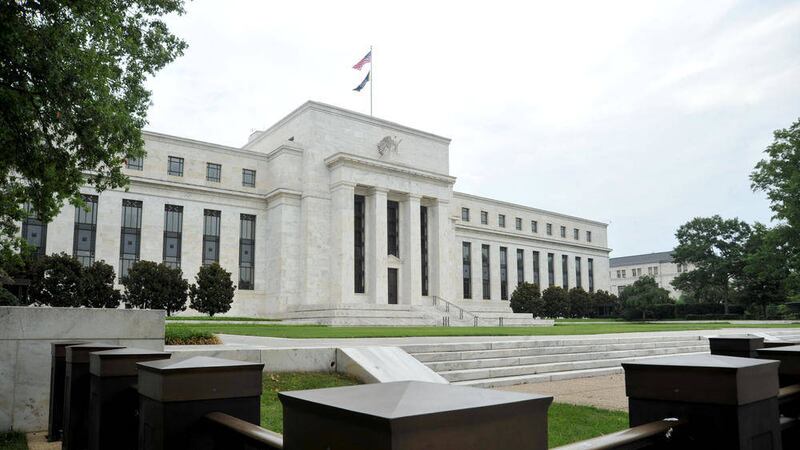THE news from central banks last week suggested that the US Federal Reserve may be closer than the financial markets think to raising US interest rates, while the Bank of England seems content to wait until spring before its starts to tighten policy.
The Fed’s Dennis Lockhart, who is seen as a centrist representing the consensus view on the US interest rate policy committee, said it would take a significant deterioration in upcoming economic data to convince him not to vote for a rate hike in September. His comments followed remarks by another committee member, James Bullard, who suggested that the US is in good shape for a rate increase in September. In contrast, the markets do not expect the US central bank to push rates higher until December.
The US economic data last week was generally good, with the ISM services index rising strongly in July to a ten year high and the new orders component of the manufacturing ISM index increasing for a fourth consecutive month. Weekly jobless claims remained very low.
In addition, Friday’s key employment report for July was solid, with non-farm payrolls posting yet another 200k+ rise and the unemployment rate remaining at 5.3 per cent. Nothing here then to deter the Fed from hiking next month if it is so inclined. Inflationary pressures may be subdued but the US economy is close to using up any remaining slack. Rates of close to zero per cent no longer seem appropriate.
We also got a raft of news from the Bank of England last week. The upshot of it all is that, with inflation likely to remain around zero in the coming months, it is not in any hurry to hike interest rates. The Bank of England Governor did say that the timing of the first rate increase is drawing closer but the Bank’s forecasts suggest it will not move until the second quarter of next year. UK unemployment is higher and core inflation lower than in the US, with currency strength having a much bigger impact on the UK than the relatively closed US economy, which is also less impacted by weak external demand. Fiscal policy is also much tighter in the UK and official rates are also higher there than in the US. For these reasons, the Bank of England is likely to lag the Fed in the rate tightening cycle.
In terms of the week ahead, most of the attention will focus on the Eurozone with the first reading of GDP economic growth for the second quarter due on Friday. The Eurozone economy is expected to have grown by a healthy 0.4 per cent for a third consecutive quarter. We also get national GDP data from the eurozone’s three largest economies - Germany, France and Italy. German growth is expected to have rebounded to 0.5 per cent in the second quarter - from a slightly disappointing 0.3 per cent result in quarter one.
Elsewhere, growth in France (0.2 per cent) and Italy (0.3 per cent) is anticipated to have been modest in the second quarter. Therefore, it seems Germany (accounts for c.30 per cent of Eurozone GDP) is back as the driving force behind Eurozone growth, with France (c.22 per cent of GDP) and Italy (c.16 per cent of GDP) once again acting as drags.
Closer to home, we get a raft of UK labour market releases. Earnings growth is forecast to come in at 2.8 per cent in the second quarter - up from 2.3 per cent in quarter one. This would be its best level since February 2009. With inflation having fallen back to 0 per cent in June, it appears that growth in real wages has improved further. The unemployment rate is expected to have fallen to 5.6 per cent - a slight improvement on the 5.5 per cent recorded in the first quarter.
Elsewhere, US retail sales for July is probably the key release of the week. Sales are anticipated to rebound after falling unexpectedly at the end of the second quarter. We also get a more up-to-date look at the consumer side of the US economy in the form of the Michigan measure of consumer sentiment for July. It is expected to remain at a strong level – again, no impediment to an early hike in US interest rates.
Aaron Hall
Customer Treasury Services
First Trust Bank








